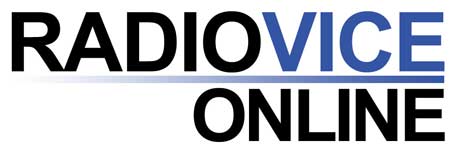The Cost of Education
Walter Williams posted his column yesterday that dealt with the average cost paid – per year I assume – by public secondary education schools in the U.S. compared to other countries. He also looks quickly at the academic results posted by the U.S. Department of Education1. We’re not doing all that well; ranked 33rd in industrialized countries when it comes to math and science. (No data is available on reading due to some sort of glitch.)
Of course, democrats want to throw more cash at the problem, but a 2005 study by a good friend at windsorwatch.org clearly indicated that in the town of Windsor, Connecticut – and in the state as a whole – there is absolutely no correlation between the dollars spent per kid and academic results. As a matter of fact, there is no correlation between student to teacher ratios, class size or the number of computers in the classroom either.
The only clear correlation was between test scores and median income of the family. Well isn’t that interesting?
Of course, a democrats answer might be just to give cash directly to families to increase their median income, but we all know that won’t work.
Instead, we should be looking at those outlier towns that spend less per student and get better academic results. What are they doing differently?
1Of course, we all know that there is no authority in the U.S. Constitution to create or fund this department. That responsibility, since it is not listed specifically in the Constitution, is given to the states or the people.
The website's content and articles were migrated to a new framework in October 2023. You may see [shortcodes in brackets] that do not make any sense. Please ignore that stuff. We may fix it at some point, but we do not have the time now.
You'll also note comments migrated over may have misplaced question marks and missing spaces. All comments were migrated, but trackbacks may not show.
The site is not broken.
